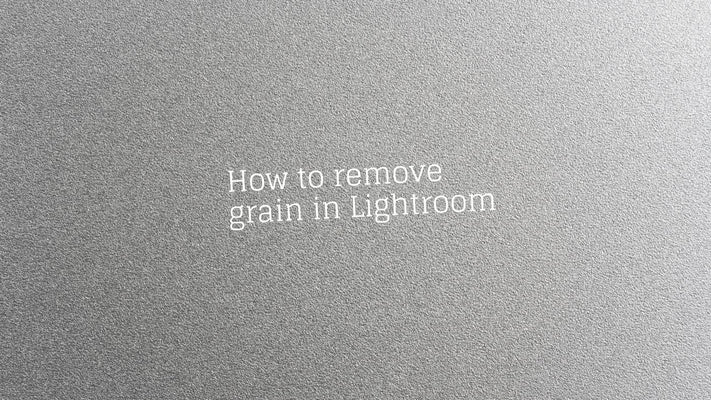Where does Lightroom store photos
Understanding Storage in Lightroom: Where Are Your Photos Stored?
Adobe Lightroom, a preferred choice among photographers for post-processing, offers a streamlined workflow from import to export. One of the most frequently asked questions by Lightroom users, especially those just starting with the program, is "Where does Lightroom store my photos?" In this comprehensive guide, we aim to clear up any confusion surrounding Lightroom's storage mechanism and show you where your photos are stored when using this powerful software.
The Lightroom Catalog: A Fundamental Concept
Before diving into where Lightroom stores your photos, it's essential to understand a fundamental concept: the Lightroom Catalog. The Lightroom Catalog is a database that stores a record of all your imported photos, including their locations (where the photos are stored on your system) and information about any edits you've made to them.
However, the catalog itself does not contain your actual image files. It merely references the location of the files on your system and saves a preview of each image for faster access. This is a vital point of understanding – Lightroom doesn’t store your photos within the application; instead, it tracks their storage location on your device's hard drive or any external storage devices you're using.
Storage Location: You're in Control
When importing photos into Lightroom, you decide where your photos are stored. Lightroom does not automatically move or duplicate your photos upon import unless you instruct it to do so. Instead, it leaves them in their original location and simply references that location in the catalog.
During the import process, Lightroom presents you with several options in the 'File Handling' panel:
- Add: This option leaves your photos in their current location and adds a reference to the Lightroom catalog.
- Move: This option lets you move your photos to a new location and adds that new location to the Lightroom catalog.
- Copy (and Copy as DNG): These options leave your photos in their current location but also create a copy (or a DNG conversion) in a new location. The new location is then added to the Lightroom catalog.
The chosen method does not impact your ability to edit the photos in Lightroom, but it does affect where your photos are stored.
Locating Your Photos in Lightroom
To find out where a specific photo is stored, follow these steps:
- In Lightroom, go to the Library Module.
- Right-click on a photo and choose 'Show in Explorer' on Windows or 'Show in Finder' on Mac. This will open a file explorer window and take you directly to the photo's location on your hard drive.
It's worth noting that Lightroom also allows you to organize your photos into collections within the program for easier management. However, these collections are merely virtual groupings within Lightroom and do not affect the actual location of your photos on your hard drive.
Best Practices for Photo Storage
To keep your photos organized and safeguard against loss, here are some best practices:
- Organize by Date or Event: Store your photos in folders organized by date or event. This makes it easier to locate specific photos in the future.
- Backup Regularly: Regularly back up your photos to a separate hard drive or cloud storage service. This helps protect against data loss.
- Keep Your Lightroom Catalog and Photos Together: If possible, store your Lightroom catalog and your photos on the same hard drive. This ensures that if you move or backup your photos, the catalog moves with them, maintaining the link between the catalog and the photos.
Conclusion
Understanding where your photos are stored when using Lightroom is essential for effectively managing your digital photo library. While Lightroom does not store your actual image files, it keeps track of their location on your hard drive through its catalog system. This allows for a non-destructive editing process, which means your original images remain untouched no matter how many edits you make in Lightroom.
Remember, during the import process, you have control over where your photos are stored. Whether you choose to leave them in their current location or move them to a new one, Lightroom accommodates your preference and keeps a record in the catalog.
By learning to navigate this storage system, you can manage and safeguard your photo collection effectively. Ensure to regularly back up both your Lightroom catalog and your photo files to prevent any potential loss of your precious work. Also, maintaining a well-organized storage system, either by date or event, will make your workflow smoother, allowing you to easily locate and work on your images whenever needed.
As you continue to use Lightroom, your understanding of its storage mechanism will deepen, providing you with a more seamless and enjoyable editing experience. After all, a significant part of successful photo editing lies in effective file management. Happy editing!












